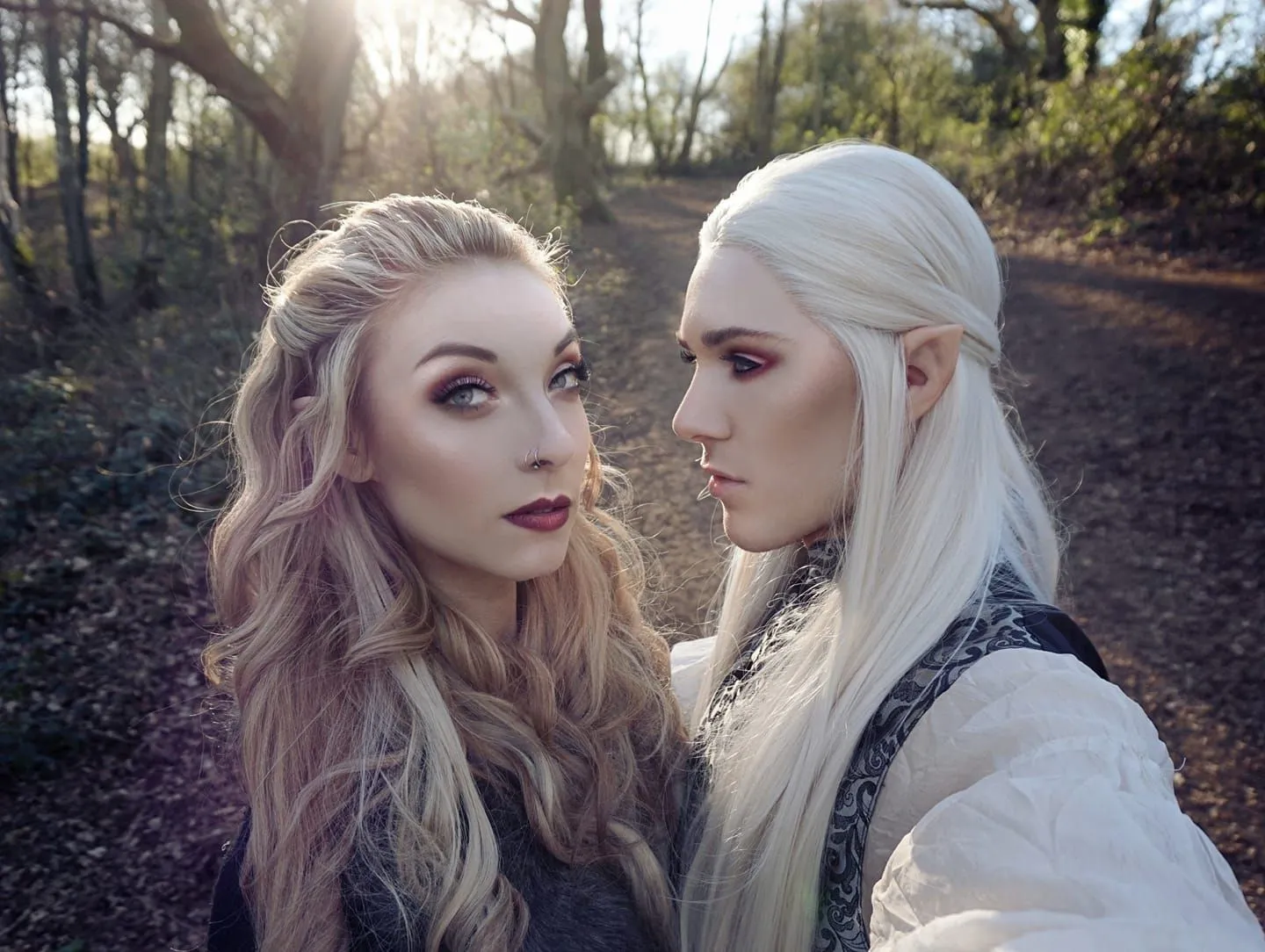
If you're a fan of fantasy literature or movies, you might have come across elves and fae. These two creatures are often depicted as magical, ethereal beings, but what sets them apart from each other? In this article, we'll explore the differences between elves and fae in terms of their origins, characteristics, and cultural significance.
Elves and fae are both common in fantasy literature and mythology, but they are often confused with each other due to their similar physical attributes and magical powers. While both creatures are associated with magic and the supernatural, there are distinct differences between the two. Understanding these differences can help readers and fans to appreciate and differentiate between these mythical creatures.
What are Elves?
Elves are mythical creatures that originated in Norse mythology. They are often depicted as tall and slender, with pointed ears, and a graceful appearance. Elves are known for their skills in archery, swordsmanship, and magic. They are typically associated with nature, and they are believed to have a deep connection with the natural world.
Physical Characteristics
Elves are often depicted as tall and slender, with pointed ears, sharp features, and fair skin. They have an otherworldly appearance, and they are known for their graceful movements and ethereal beauty.
Cultural Significance
Elves are deeply ingrained in European folklore and mythology, where they are often depicted as protectors of the natural world. They are associated with wisdom, nature, and magic. Elves are also commonly featured in fantasy literature and movies, where they are often portrayed as heroic figures who protect the innocent and fight against evil.
What are Fae?
Fae, also known as fairies or faeries, are mythical creatures that originated in Celtic mythology. They are often depicted as small, winged creatures with magical powers. Fae are known for their mischievous nature and their ability to control nature. They are also associated with magic and the supernatural.
Physical Characteristics
Fae are often depicted as small, delicate, and winged creatures. They are known for their playful and mischievous nature, and they are often associated with the natural world.
Cultural Significance
Fae are deeply ingrained in Celtic folklore and mythology, where they are often depicted as tricksters who use their magic to play pranks on humans. They are associated with nature, magic, and the supernatural. Fae are also commonly featured in fantasy literature and movies, where they are often portrayed as whimsical and ethereal creatures who inhabit enchanted forests and other magical places.
What is the difference between elves and fae?
The main difference between elves and fae lies in their origins and cultural significance. Elves originated in Norse mythology and are associated with wisdom, nature, and magic, while fae originated in Celtic mythology and are associated with trickery, nature, and magic.
In terms of physical characteristics, elves are often depicted as tall and slender with pointed ears, while fae are depicted as small and delicate with wings. Elves are known for their skills in archery, swordsmanship, and magic, while fae are known for their playful and mischievous nature.
Another significant difference between elves and fae is their role in fantasy literature and movies. Elves are often portrayed as heroic figures who protect the innocent and fight against evil, while fae are often depicted as whimsical and ethereal creatures who inhabit enchanted forests and other magical places.
Conclusion
In conclusion, while elves and fae share some similarities, they are distinct creatures with unique characteristics and cultures. Elves are typically associated with Norse and Germanic mythology and are known for their archery and weapon-making skills, while fae are rooted in Celtic mythology and have a more egalitarian society with a focus on nature and magic. Understanding the differences between elves and fae can help deepen our appreciation for these magical creatures and the myths and stories they inspire.
FAQs:
Can elves and fae interact with each other?
It depends on the mythology or story being told. In some traditions, elves and fae are separate and do not interact with each other, while in others they can coexist in the same magical world.
Are elves and fae always depicted as good?
No, both elves and fae can be depicted as either good or evil. In some stories, they may be helpful and benevolent towards humans, while in others they may be mischievous or even malicious.
Do elves and fae have a language of their own?
In some stories and mythologies, elves and fae have their own language. In Tolkien's Middle-earth, for example, elves have their own language called Sindarin.
Are elves and fae immortal?
In many stories and myths, elves and fae are depicted as immortal or long-lived. They are often associated with nature and magic and may be tied to the natural world in some way.
Can elves and fae be seen by humans?
In some stories, elves and fae can be seen by humans, while in others they are invisible or only appear to certain individuals. In many myths and stories, the ability to see and interact with elves and fae is tied to magical ability or a special connection with the natural world.

